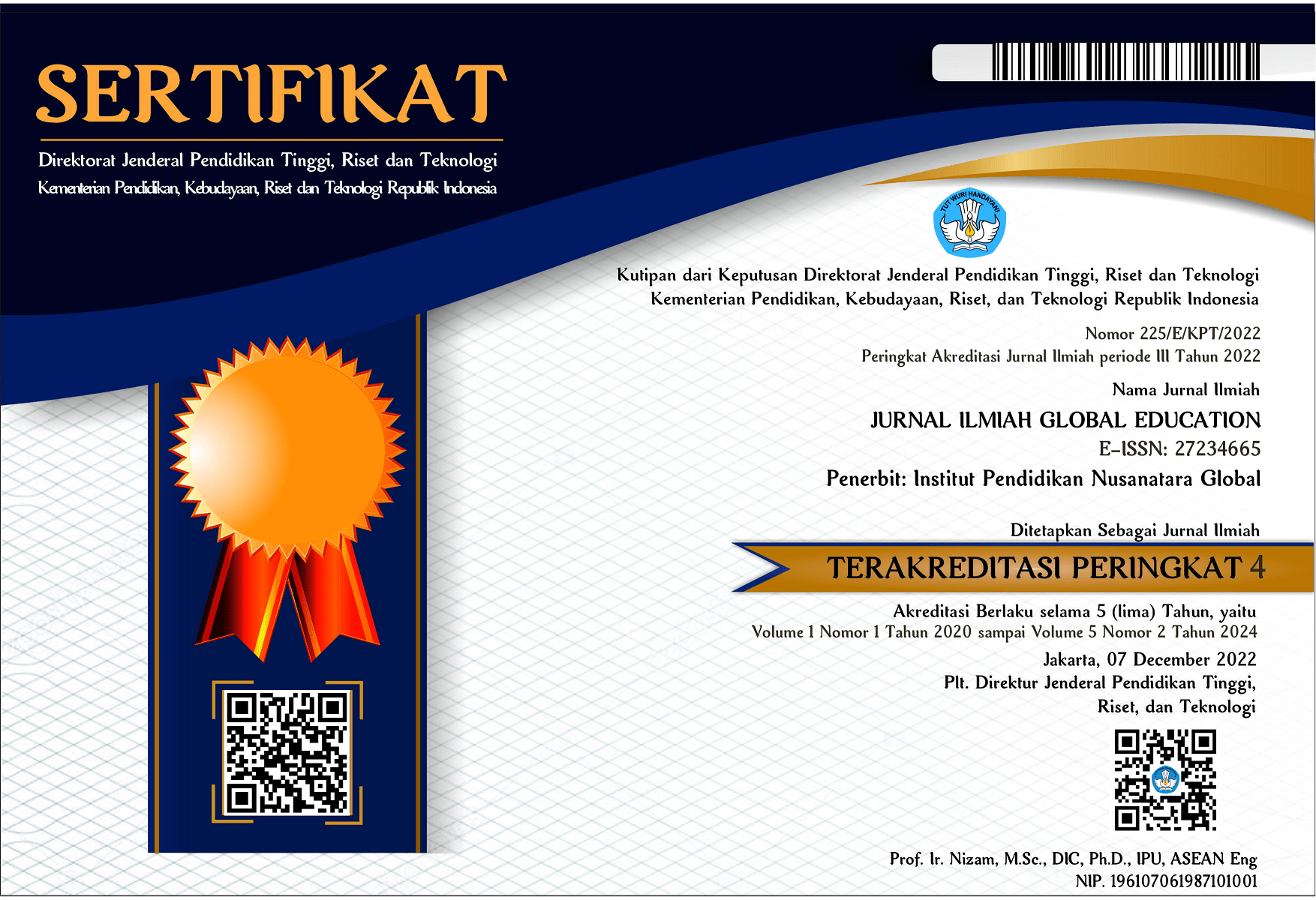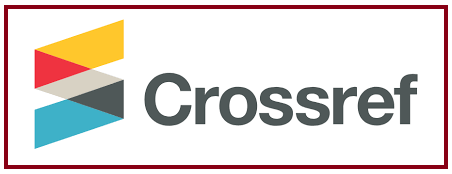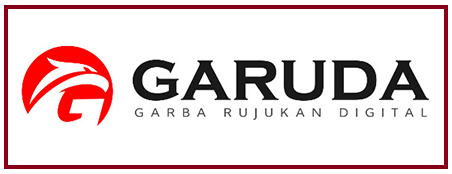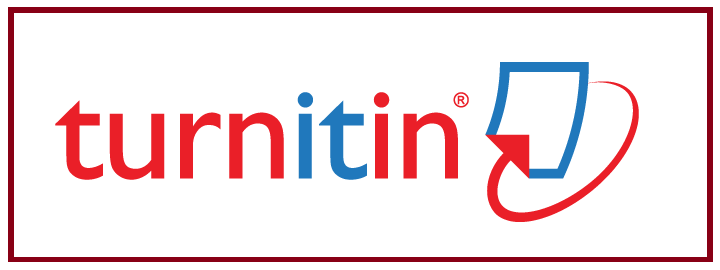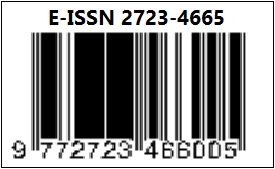Remodeling Luka Melalui Evektifitas Belerang (Sulfur) Pada Penderita Diabetes Melitus di Wilayah Kerja Puskesmas Kampung Baru Tahun 2024
DOI:
https://doi.org/10.55681/jige.v5i3.3365Keywords:
Belerang_(Surlfur), Diabetes_Melitus, Luka, RemodelingAbstract
The purpose of the research is to observe Wound Remodeling Through the Effectiveness of Sulfur on Diabetes Mellitus Patients in the Working Area of Puskesmas Kampung Baru in 2024, where the results show that the hemostasis phase produces molecules that collide with platelets. In Phase II, inflammation increases, so wound care is done using a topical treatment, namely sulfur. In Phase III, the wound undergoes renewal, angiogenesis occurs, fibroblasts proliferate, and elastin is produced. Fibroblasts differentiate into myofibroblasts, causing wound area contraction by gripping the wound edges. The final stage is remodeling, where the wound is completely closed with the help of collagen fibers. From the hemostasis phase to the remodeling phase, the application of Sulfur therapy is crucial as it is highly effective, having strong antibacterial properties essential for tissue regeneration without toxicity. It is also a potential strategy for accelerating tissue regeneration. Additionally, sulfur recruits leukocytes to the wound surface in the early stages of regeneration, contributing to the sterilization of bacteria. By utilizing local wisdom, Sulfur offers a solution for wounds in Diabetes Mellitus patients.
Downloads
References
Bates-Jensen, B. M., McCreath, H. E., Harputlu, D., & Patlan, A. (2019). Reliability of the Bates-Jensen wound assessment tool for pressure injury assessment: The pressure ulcer detection study. Wound Repair and Regeneration, 27(4), 386–395.
Cao, J., Zhang, Y., Yang, Y., Xie, J., Su, Z., Li, F., Li, J., Zhang, B., Wang, Z., Zhang, P., Li, Z., He, L., Liu, H., Zheng, W., Zhang, S., Hong, A., & Chen, X. (2023). Turning gray selenium and sublimed sulfur into a nanocomposite to accelerate tissue regeneration by isothermal recrystallization. Journal of Nanobiotechnology, 21(1).
Froelich, A., Jakubowska, E., Wojtyłko, M., Jadach, B., Gackowski, M., Gadziński, P., ... & Osmałek, T. (2023). Alginate-based materials loaded with nanoparticles in wound healing. Pharmaceutics, 15(4), 1142.
He, W., Wu, J., Xu, J., Mosselhy, D. A., Zheng, Y., & Yang, S. (2021). Bacterial cellulose: functional modification and wound healing applications. Advances in wound care, 10(11), 623-640.
Holl, J., Kowalewski, C., Zimek, Z., Fiedor, P., Kaminski, A., Oldak, T., Moniuszko, M., Eljaszewicz, A., & Steiger, S. (2021). cells Chronic Diabetic Wounds and Their Treatment with Skin Substitutes.
Infodatin 2020 Diabetes Melitus. (n.d.).
jumlah-estimasi-kasus-diabetes-melitus-di-kota-medan-tahun-2022-1. (n.d.).
Liu, H., Yu, H., Xia, J., Liu, L., Liu, G. J., Sang, H., & Peinemann, F. (2020). Topical azelaic acid, salicylic acid, nicotinamide, sulphur, zinc and fruit acid (alpha‐hydroxy acid) for acne. Cochrane Database of Systematic Reviews, (5).
Michalicha, A., Belcarz, A., Giannakoudakis, D. A., Staniszewska, M., & Barczak, M. (2024). Designing Composite Stimuli-Responsive Hydrogels for Wound Healing Applications: The State-of-the-Art and Recent Discoveries. Materials, 17(2), 278.
Norman, G., Christie, J., Liu, Z., Westby, M. J., Jefferies, J. M., Hudson, T., ... & Dumville, J. C. (2017). Antiseptics for burns. Cochrane Database of Systematic Reviews, (7).
Pormohammad, A., Monych, N. K., Ghosh, S., Turner, D. L., & Turner, R. J. (2021). Nanomaterials in wound healing and infection control. Antibiotics, 10(5), 473.
Sinaga, M., Tambun, M., Batubara, Z., Sembiring, A., Aritonang, F. A., & Berutu, L. H. (2023). Efektivitas Belerang (Sulfur) Terhadap Proliferasi Luka pada Penderita Diabetes Melitus di Wilayah Kerja Puskesmas Johor Kecamatan Medan Johor Tahun 2023. JOURNAL OF HEALTHCARE TECHNOLOGY AND MEDICINE, 9(2), 1592-1601.
Tatarusanu, S. M., Lupascu, F. G., Profire, B. S., Szilagyi, A., Gardikiotis, I., Iacob, A. T., ... & Profire, L. (2023). Modern approaches in wounds management. Polymers, 15(17), 3648.
The Bates-Jensen Wound Assessment Tool (BWAT): Development of a Pictorial Guide for Training Nurses. (n.d.).
Wohlrab, J. (2021). Influence of keratolytics on cutaneous pharmacokinetics of glucocorticoids. JDDG - Journal of the German Society of Dermatology, 19(4), 554–561.
Zulkefli, N., Che Zahari, C. N. M., Sayuti, N. H., Kamarudin, A. A., Saad, N., Hamezah, H. S., ... & Sarian, M. N. (2023). Flavonoids as potential wound-healing molecules: Emphasis on pathways perspective. International journal of molecular sciences, 24(5), 4607.
Downloads
Published
How to Cite
Issue
Section
License
Copyright (c) 2024 Martaulina Sinaga, Siti Nurmawan Sinaga, Siska Suci Triana Ginting, Eko Murdianto

This work is licensed under a Creative Commons Attribution-ShareAlike 4.0 International License.


